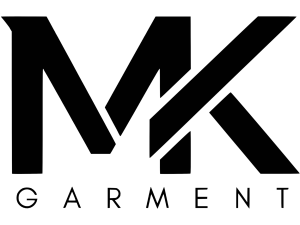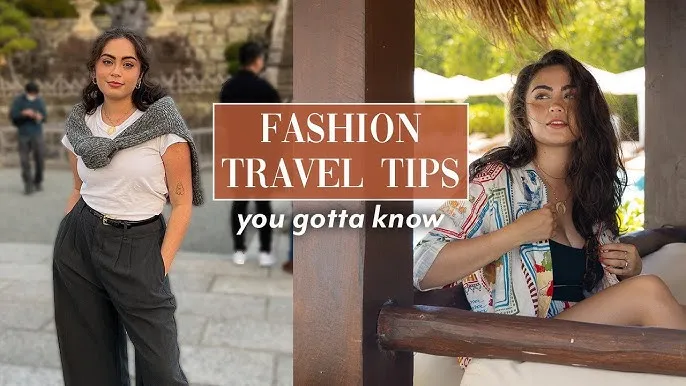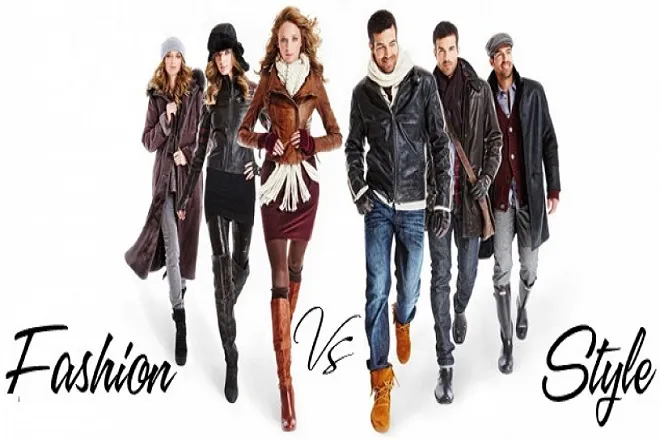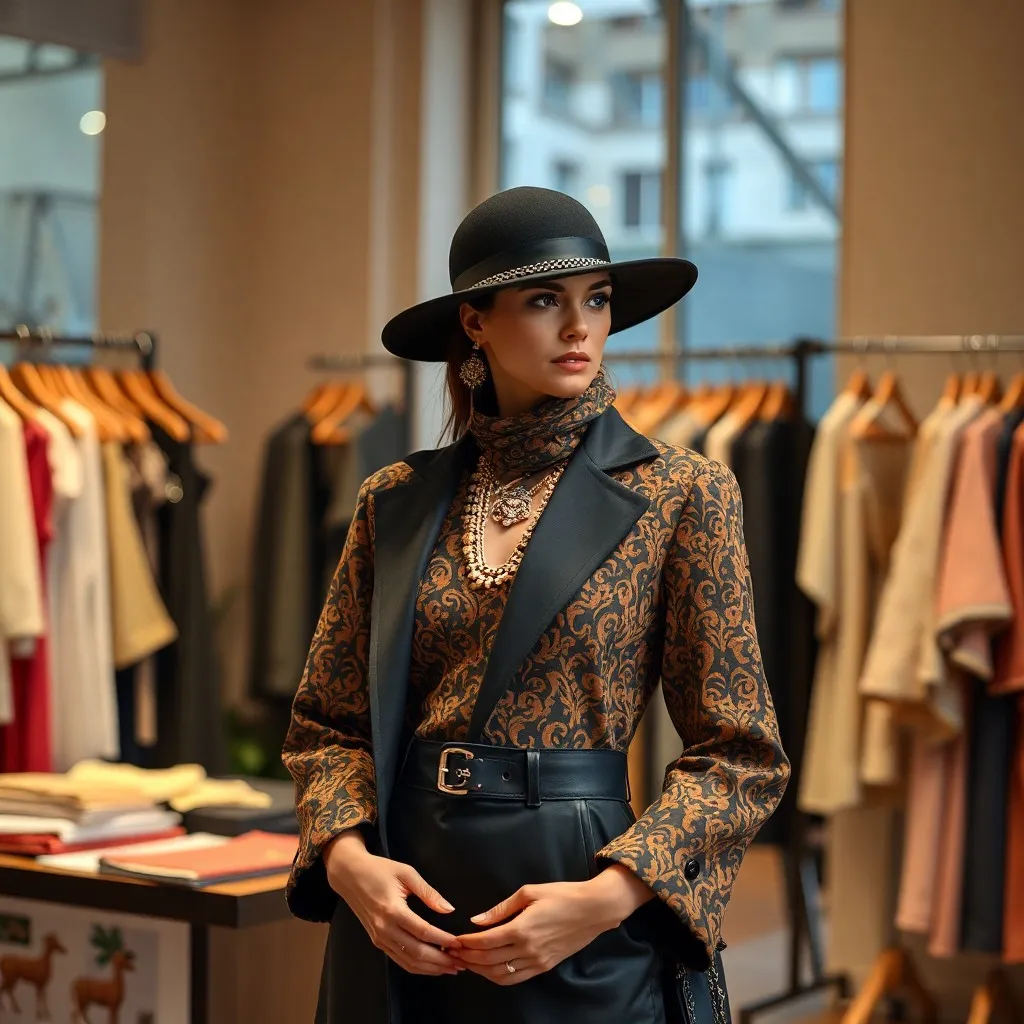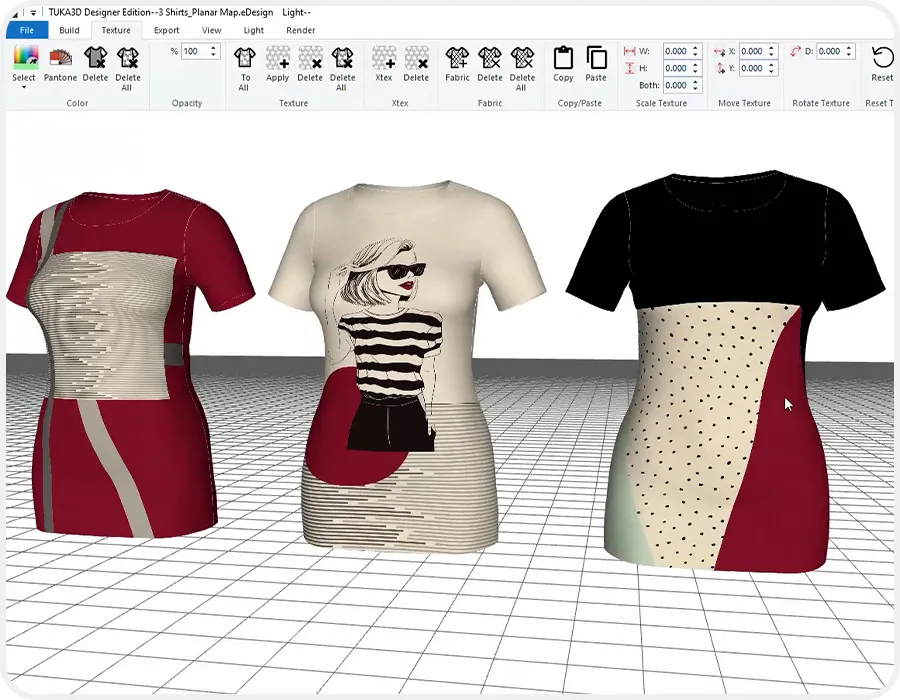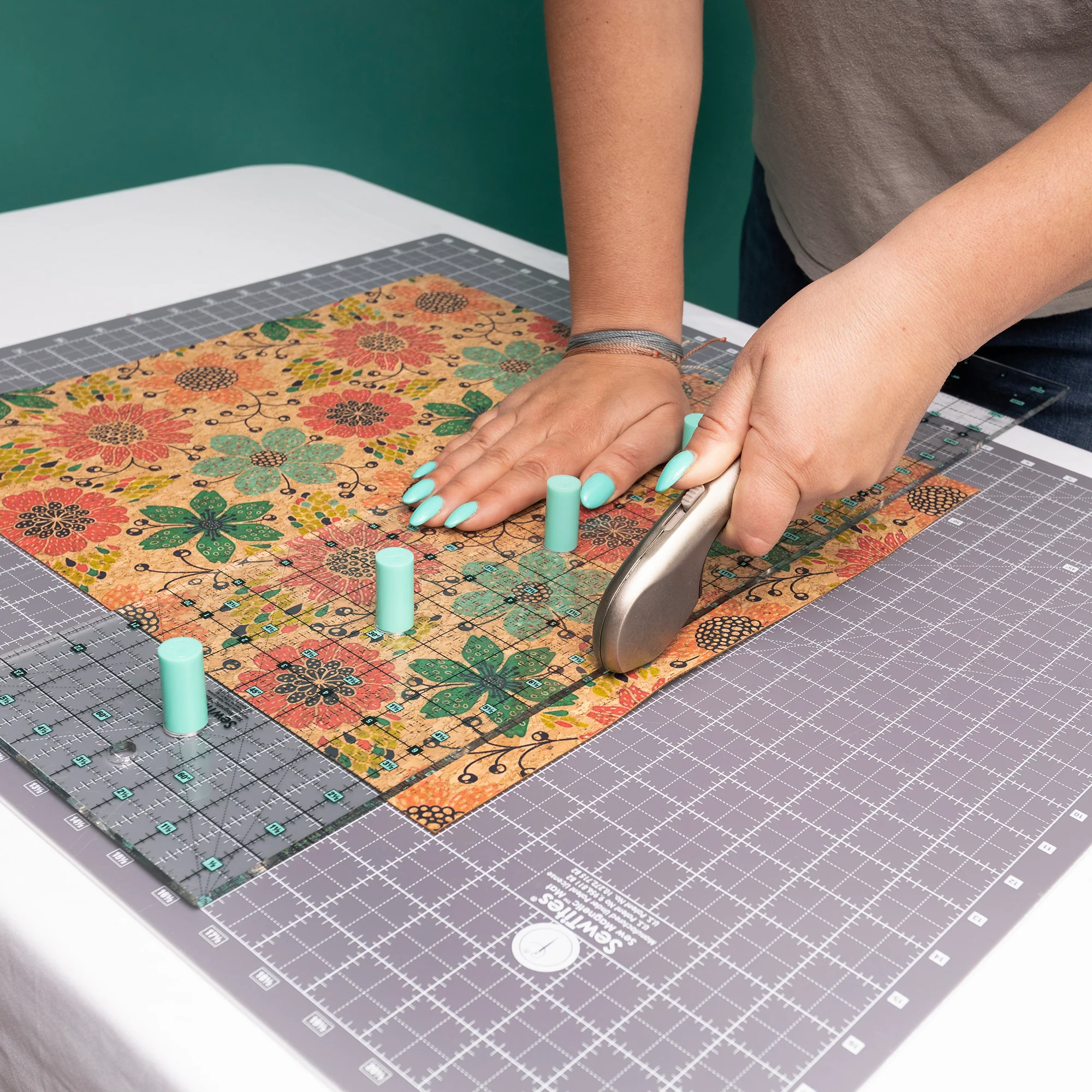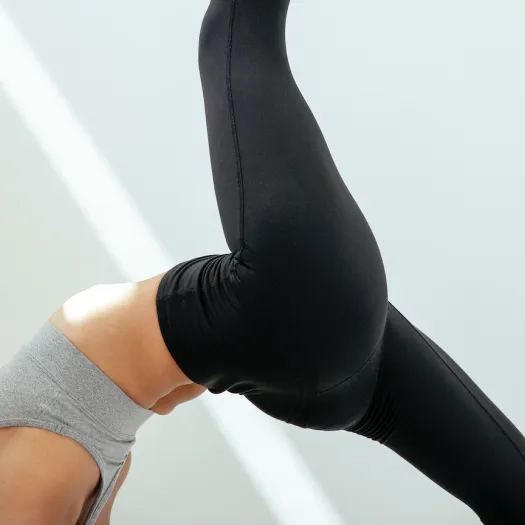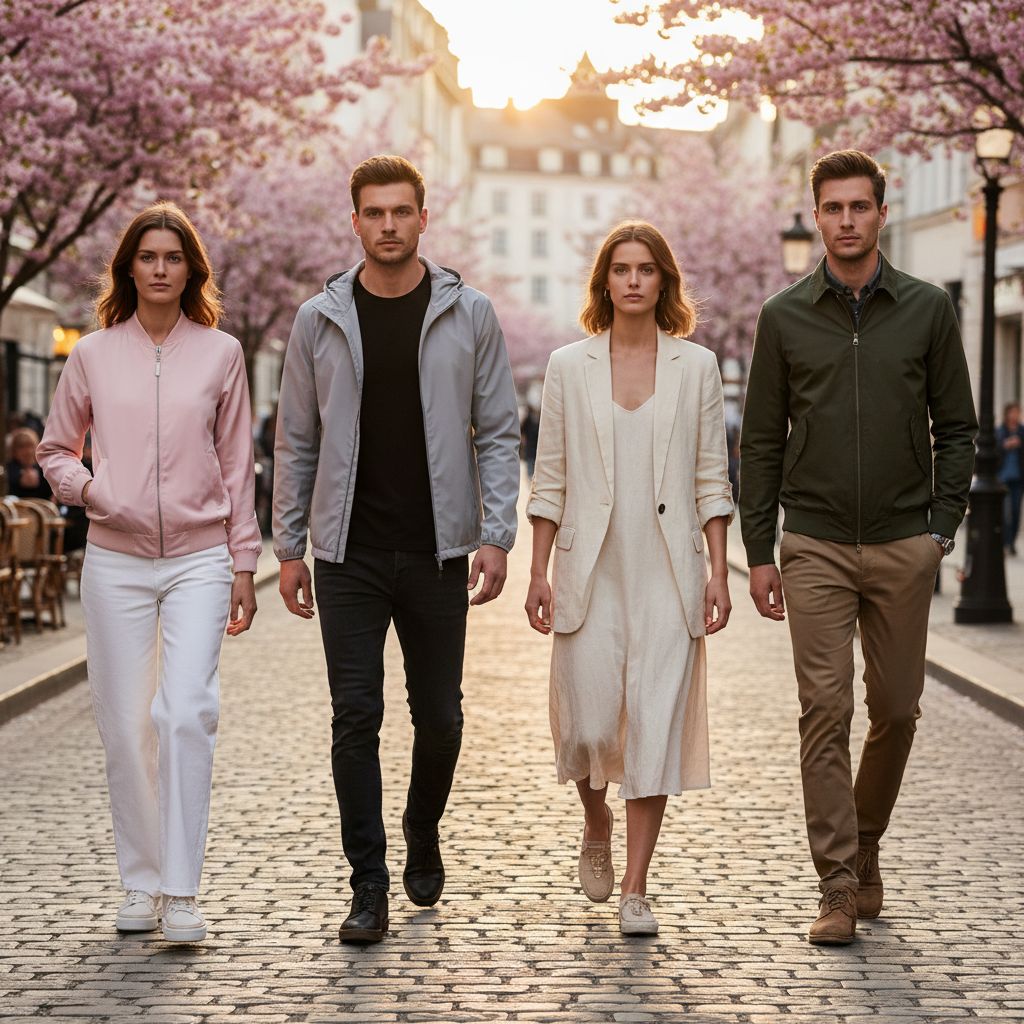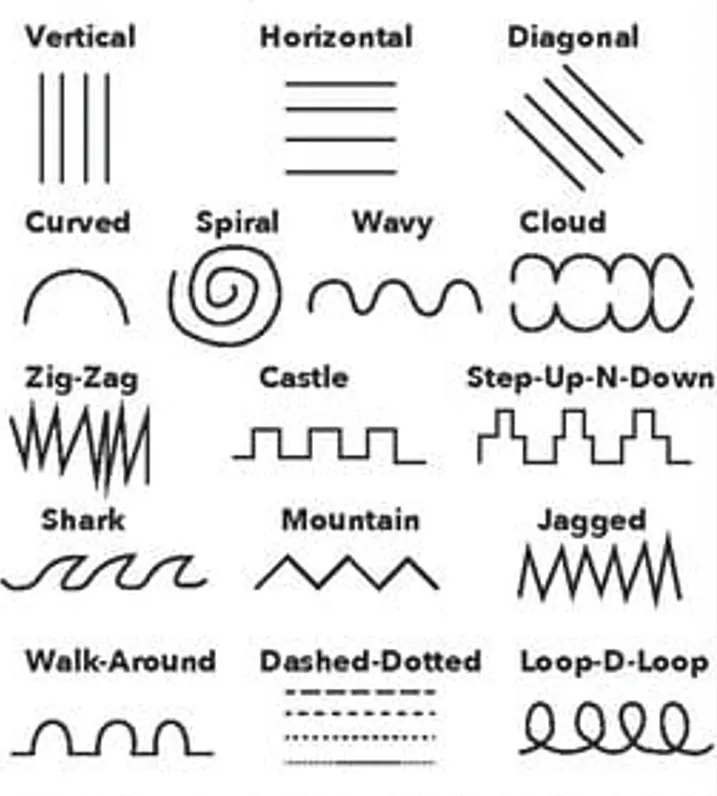
Creating stylish and functional clothing isn’t just about fabric and stitching. At Mekong Garment, we believe great fashion begins with a solid understanding of the elements of design. These are the visual tools that designers use to build structure, emotion, and identity into every garment. Let’s explore the 6 essential elements that shape every successful piece of fashion—and how we use them to bring your clothing to life.
Line – The Direction of Design
Line refers to the visible or suggested direction in a design. It could be created by seams, folds, trims, stripes, or stitching. Lines lead the viewer’s eye, define shapes, and influence how a garment fits or flatters the body.

Types of Lines in Fashion:
Lines are more than just outlines—they direct the eye, shape the body, and set the mood of a garment. Whether sharp or soft, straight or curved, the way lines are used in fashion can dramatically change how an outfit looks and feels. Understanding line types helps designers sculpt the silhouette and express different emotions through clothing.
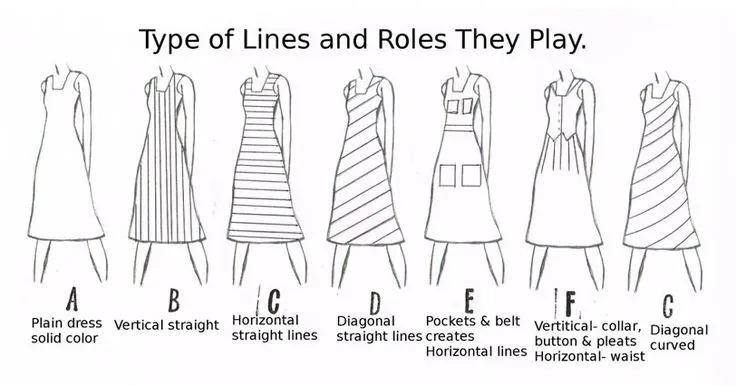
- Vertical lines make the body appear taller and slimmer. They suggest elegance and formality.
- Horizontal lines add width and stability. These can make shoulders look broader or balance proportions.
- Diagonal lines suggest movement and dynamic energy. Perfect for modern or sporty designs.
- Curved lines add softness and femininity, often found in flowing dresses or draped fabrics.
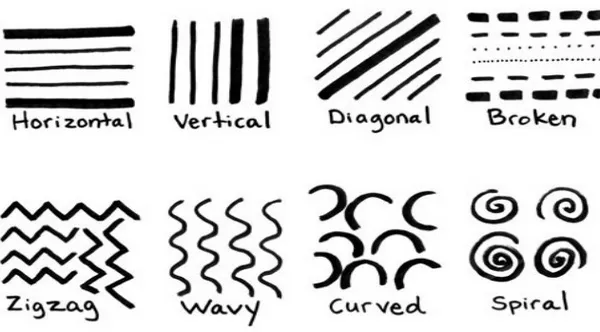
Fashion Examples:
- Vertical lines in a long coat create a slimming, lengthening effect.
- Horizontal stripes on a sailor shirt give a wider, balanced look.
- Diagonal lines on a wrap dress create movement and drama.
- Curved seams on a fit-and-flare dress enhance a feminine silhouette.
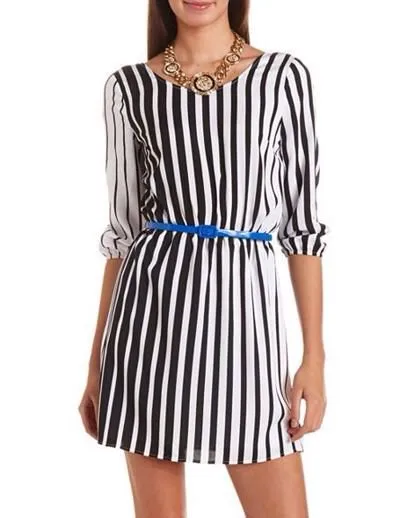
Why it matters:
Lines can alter how a body looks, adding height, width, softness, or structure. Designers use them intentionally to highlight or hide certain areas, create balance, or direct attention to a focal point.
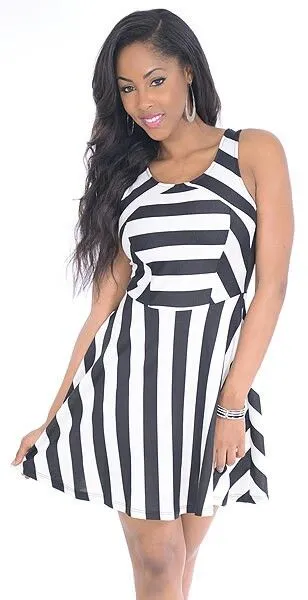
Mekong Insight:
In our uniform and casualwear designs, we carefully place lines to make wearers feel confident—whether through contouring seams or panel lines that flatter the figure.
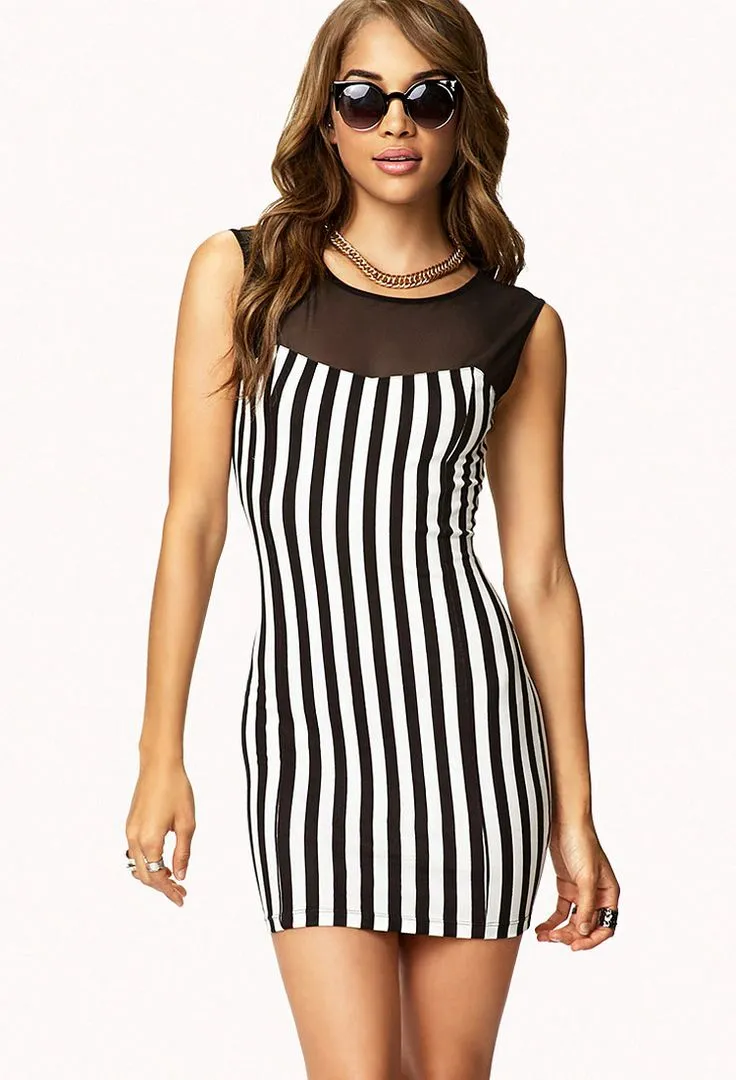
Shape – The Silhouette of Style
Shape refers to the overall outline of a garment. It’s what people see first when looking at your outfit—A-line, hourglass, boxy, or fitted. Shape, also called silhouette, is the outer contour of a garment. It defines the general appearance from a distance, such as boxy, fitted, A-line, or hourglass shapes.
Common Shapes in Fashion:
- Natural: Follows the body’s contours—common in fitted clothing.
- Bell: Fitted at the top, flared at the bottom—seen in dresses and skirts.
- Tubular: Straight up and down—popular in minimalistic or modern pieces.
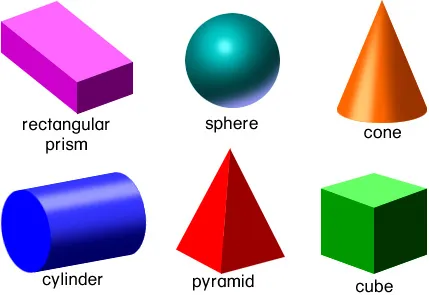
Fashion Examples:
The shape—or silhouette—of a garment plays a key role in how it looks and what it communicates. It affects how the body is framed and how the overall outfit feels: sleek, dramatic, relaxed, or bold. By choosing different shapes, designers create specific moods and match various body types or occasions.
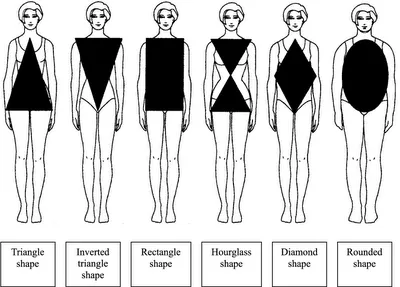
- A pencil skirt has a slim, tapered shape.
- A ball gown features a voluminous, dramatic shape.
- A boxy T-shirt creates a loose, casual silhouette.
- A bodycon dress hugs the shape of the body for a bold effect.
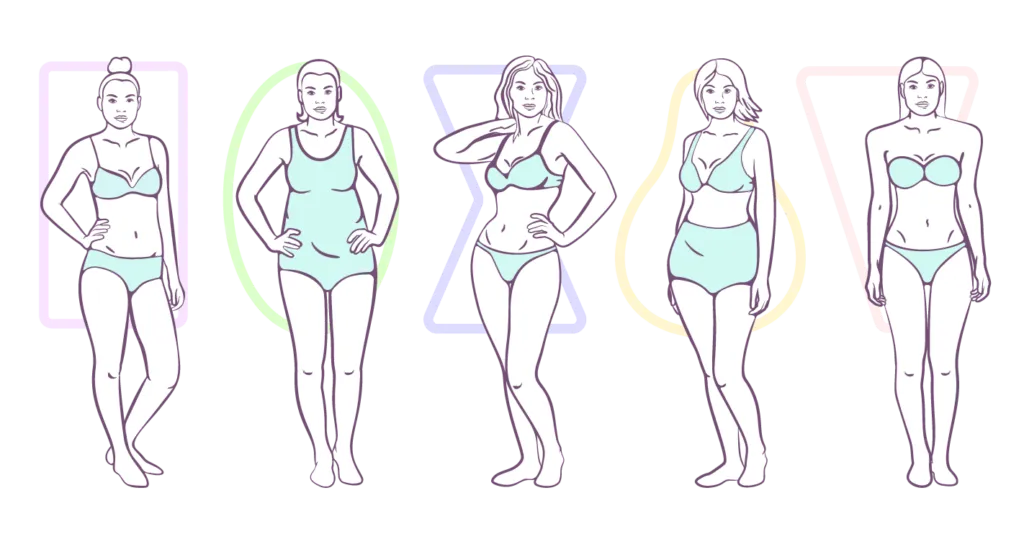
Why it matters:
Shape sets the tone of the outfit—structured vs. relaxed, modern vs. vintage. It affects how the garment feels on the body and how people perceive the wearer.
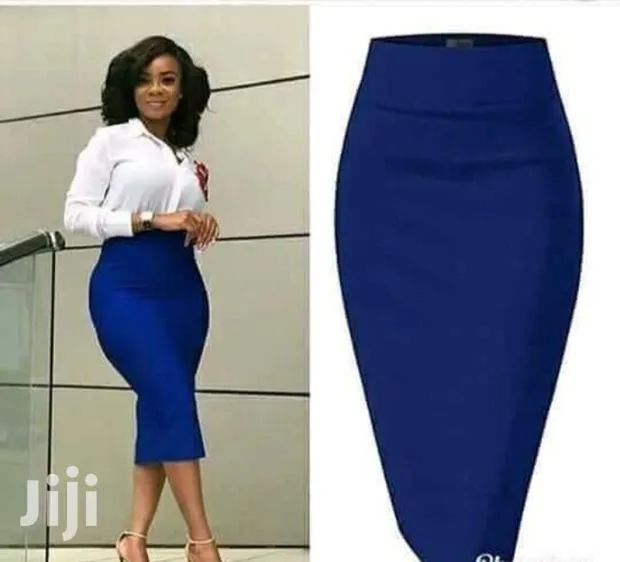
Mekong Insight:
We match shapes to functionality: a fitted blazer for corporate confidence, or a relaxed shirt for breathable everyday wear.
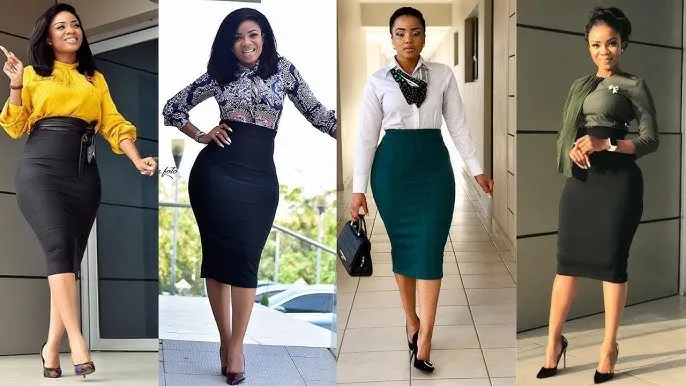
Form – The 3D Body of the Garment
Form takes shape one step further—it’s the three-dimensional structure of a garment. It considers how clothing wraps around the body, adds volume, and interacts with light, gravity, and movement.
Common Form in Fashion:
In fashion design, form refers to the overall shape and volume of a garment. Different types of form help define the garment’s character, movement, and how it interacts with the body. Below are some common forms used in fashion and the unique effects they create:
- Structured Form: Holds its shape regardless of body movement, creates a sharp, professional, or minimal look.
- Draped Form: Flows softly and loosely over the body, adds movement, elegance, and comfort.
- Fitted Form: Closely hugs the body’s curves, offers a sleek, bold, or sensual appearance.
- Voluminous Form: Features exaggerated fullness or oversized silhouettes, adds drama, trend impact, and visual interest.
- Sculpted/Formed Details: Built-in 3D design elements that hold specific shapes, highlights parts of the garment with artistic structure.
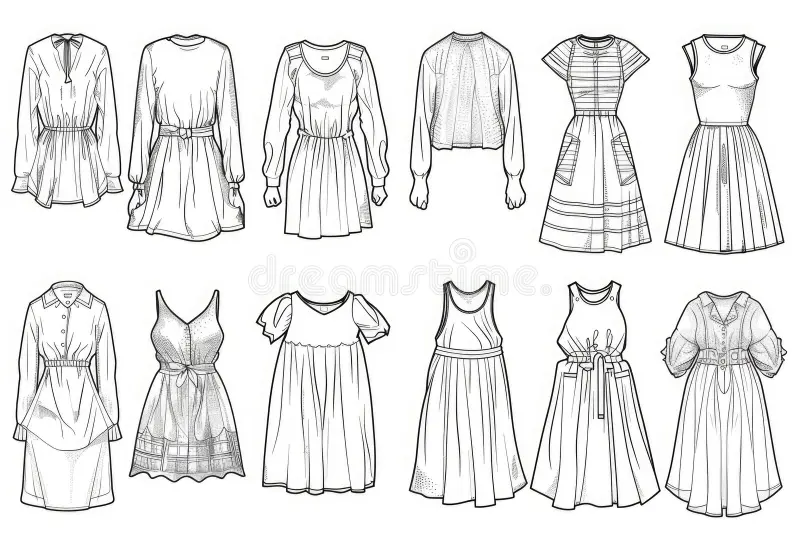
Fashion Examples:
Form in fashion refers to the three-dimensional shape and structure of a garment. It influences how clothing sits on the body and adds visual interest. Below are some fashion examples that highlight how different forms create distinct styles and silhouettes.
- Puff sleeves have rounded form, adding drama.
- Peplum tops flare at the waist to create curves.
- A structured jacket maintains a sharp form due to padding and interfacing.
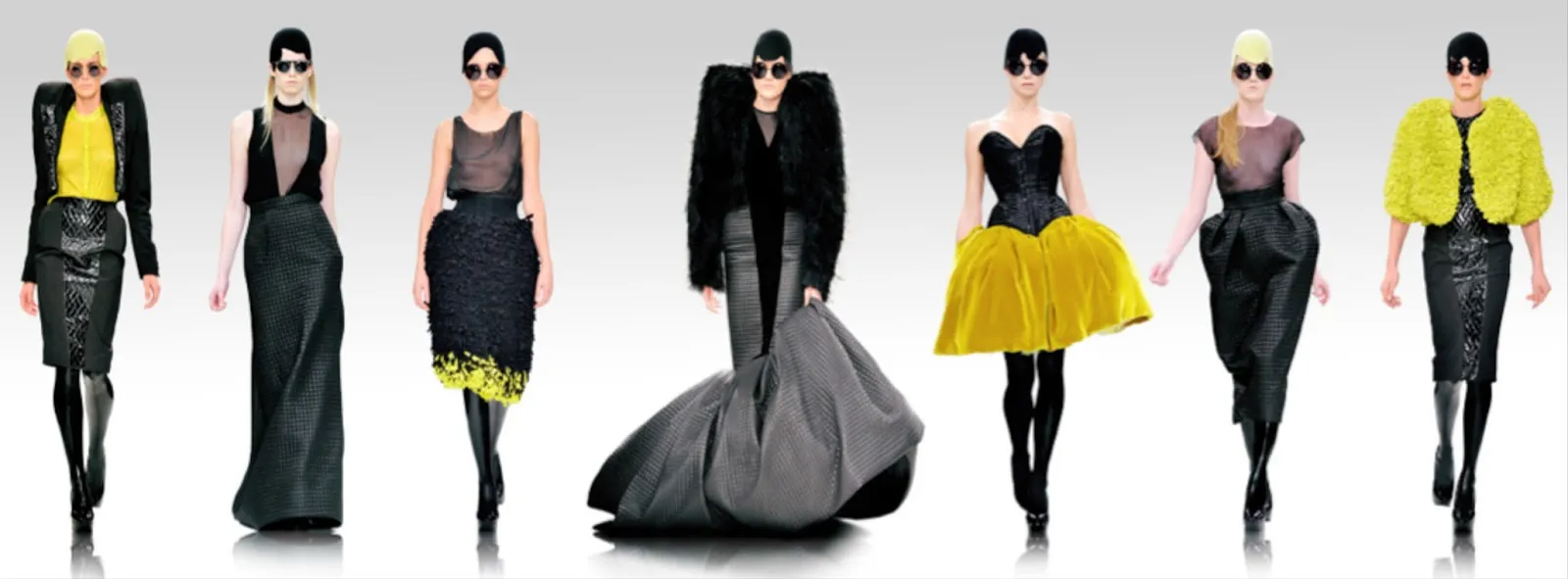
Why it matters:
Form determines how a garment stands or drapes, which affects both aesthetic and comfort. A flowing form adds romance, while a structured form signals power and formality.
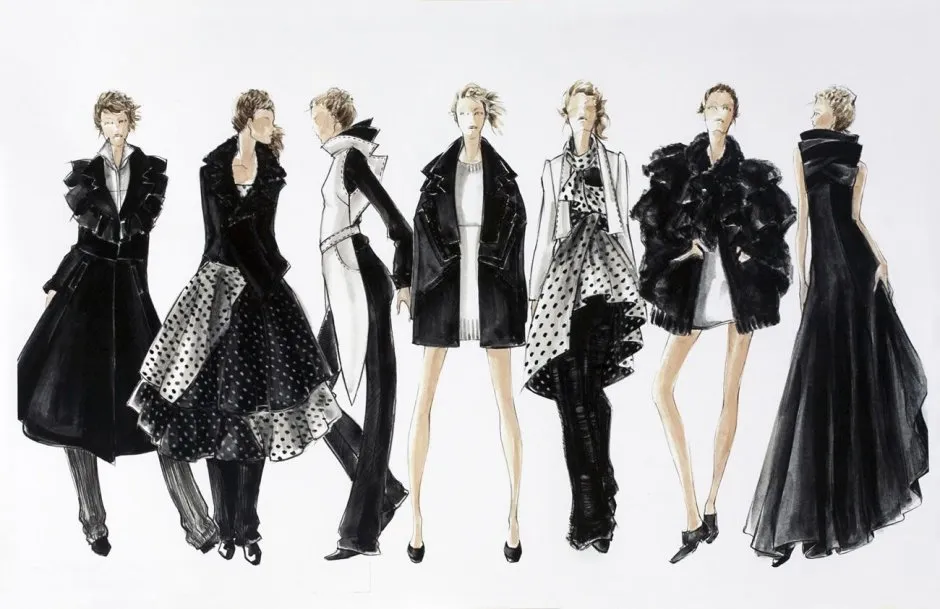
Mekong Insight:
In tailored garments, we engineer form with precision—using linings, darts, and padding to give clothing its unique body and personality.
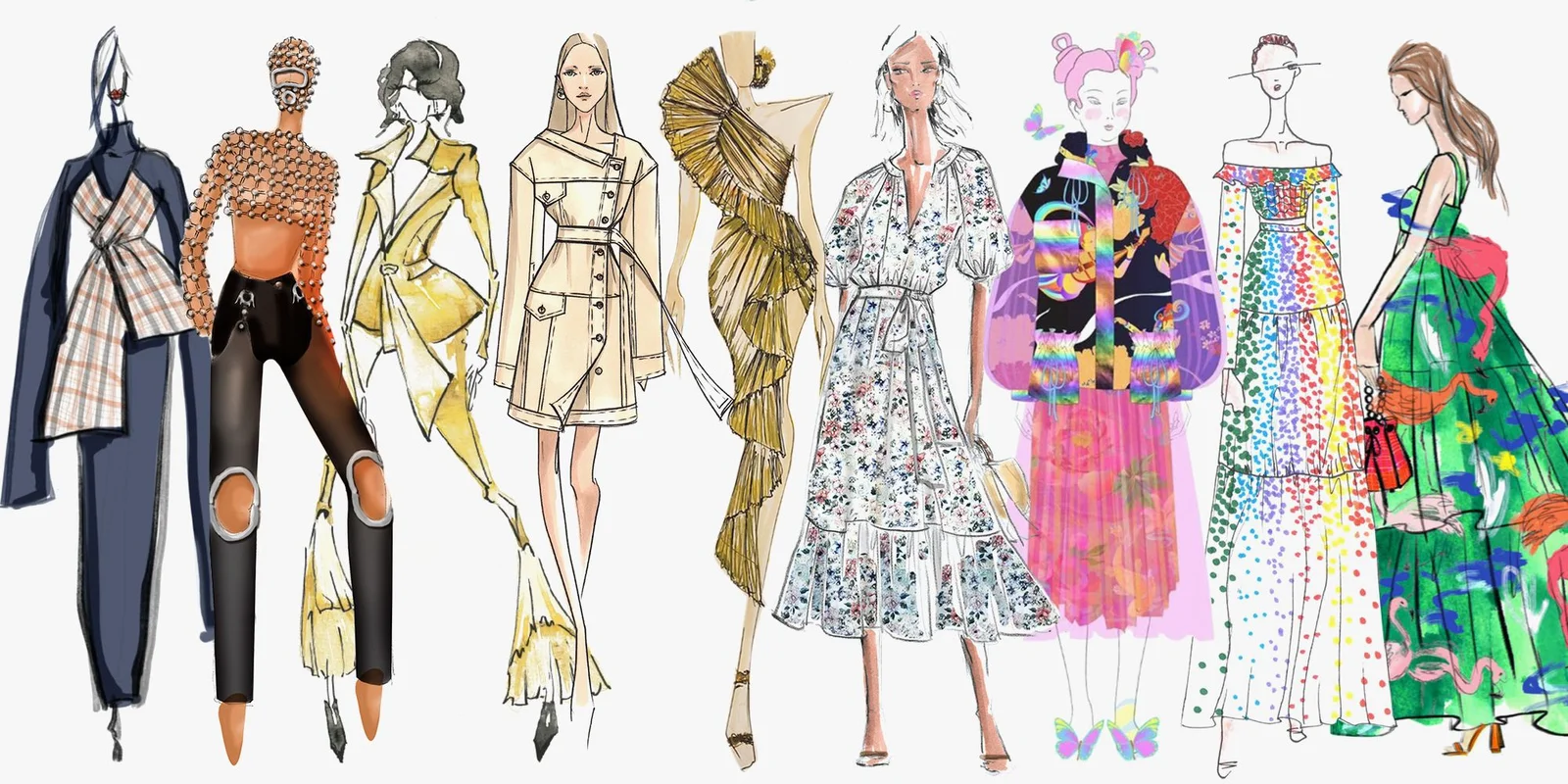
Texture – The Feel and Look of Fabric
Texture refers to how a fabric feels to the touch—whether it’s soft, rough, stiff, or flowing—and how it drapes or moves on the body. But texture doesn’t just affect touch; it also creates a visual impression. A fabric’s surface can appear smooth, shiny, matte, or textured, which changes how the garment looks when worn. Even from a small fabric swatch, a designer can imagine how it will hang, fold, or move—helping them plan the structure, silhouette, and overall style of the garment more effectively.
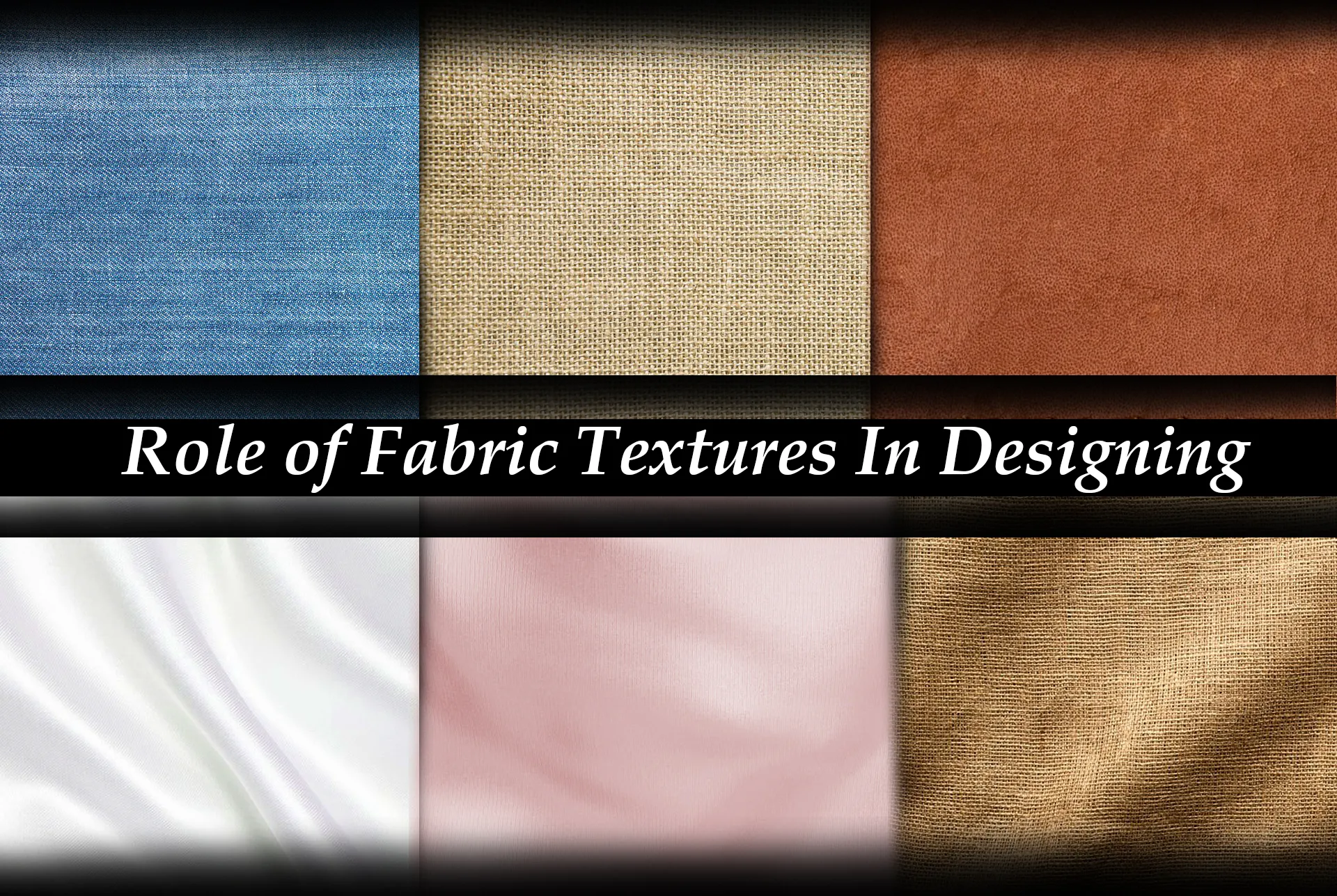
Types of Texture:
Textures vary widely, and each one brings a different mood or message to a garment.
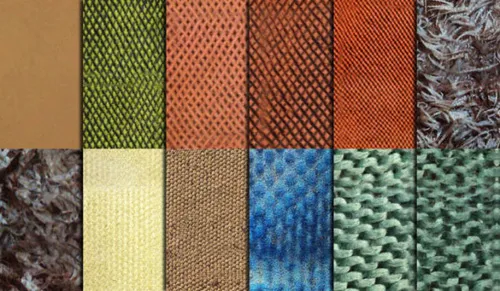
Below are common types of fabric textures and the feelings they create:
- Rough or coarse: Like tweed or burlap; feels rustic or traditional.
- Smooth and shiny: Like silk or satin; gives luxury and elegance.
- Soft and fuzzy: Like fleece or velvet; adds warmth and comfort.
Fashion Examples:
Designers use texture to match the purpose and personality of a piece.
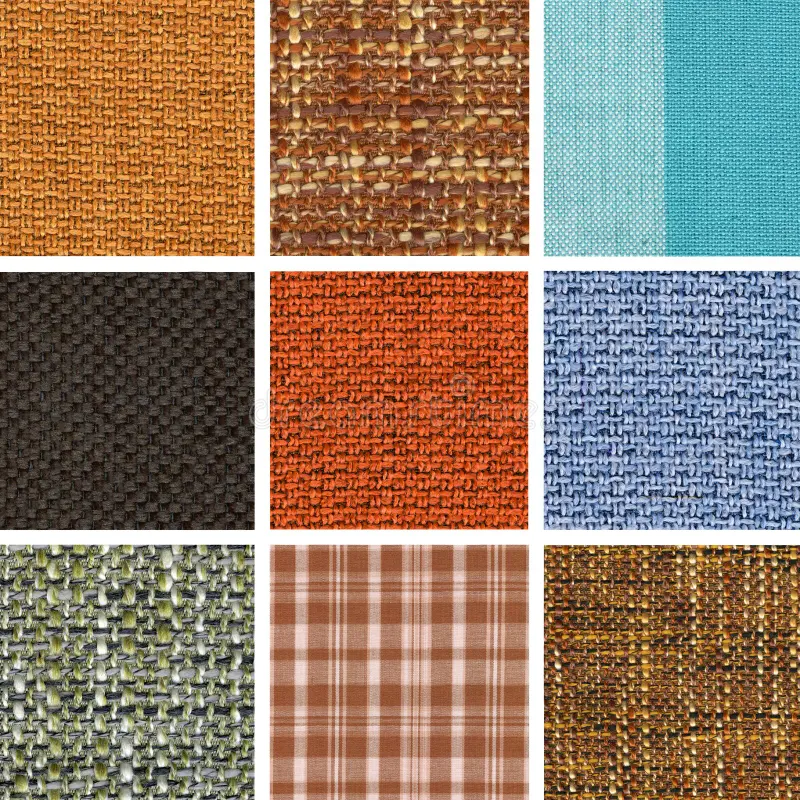
Here are some real-world fashion examples showing how texture influences style:
- Velvet feels soft and luxurious, great for eveningwear.
- Denim is rugged and textured, perfect for casual or workwear.
- Silk is smooth and glossy, ideal for elegance.
- Lace is delicate and transparent, evoking romance.
Why it matters:
Texture adds depth and contrast. It enhances the mood of a garment and influences how it reflects light or moves. Texture also affects comfort and climate suitability.
Mekong Insight:
We combine textures strategically—like pairing matte fabrics with shiny trims—to create visual interest. We also ensure textures suit the intended use (e.g., breathable cotton for tropical wear).
Space – The Balance of Full and Empty
Space is about the area within and around design elements. It helps create visual balance and prevents the design from feeling crowded or dull.

Types of Space
- Positive space: The actual area occupied by fabric or decoration.
- Negative space: The blank areas in the design that let it breathe.
=> Related Article: How Colour Defines Your Style: A Mekong Garment Guide
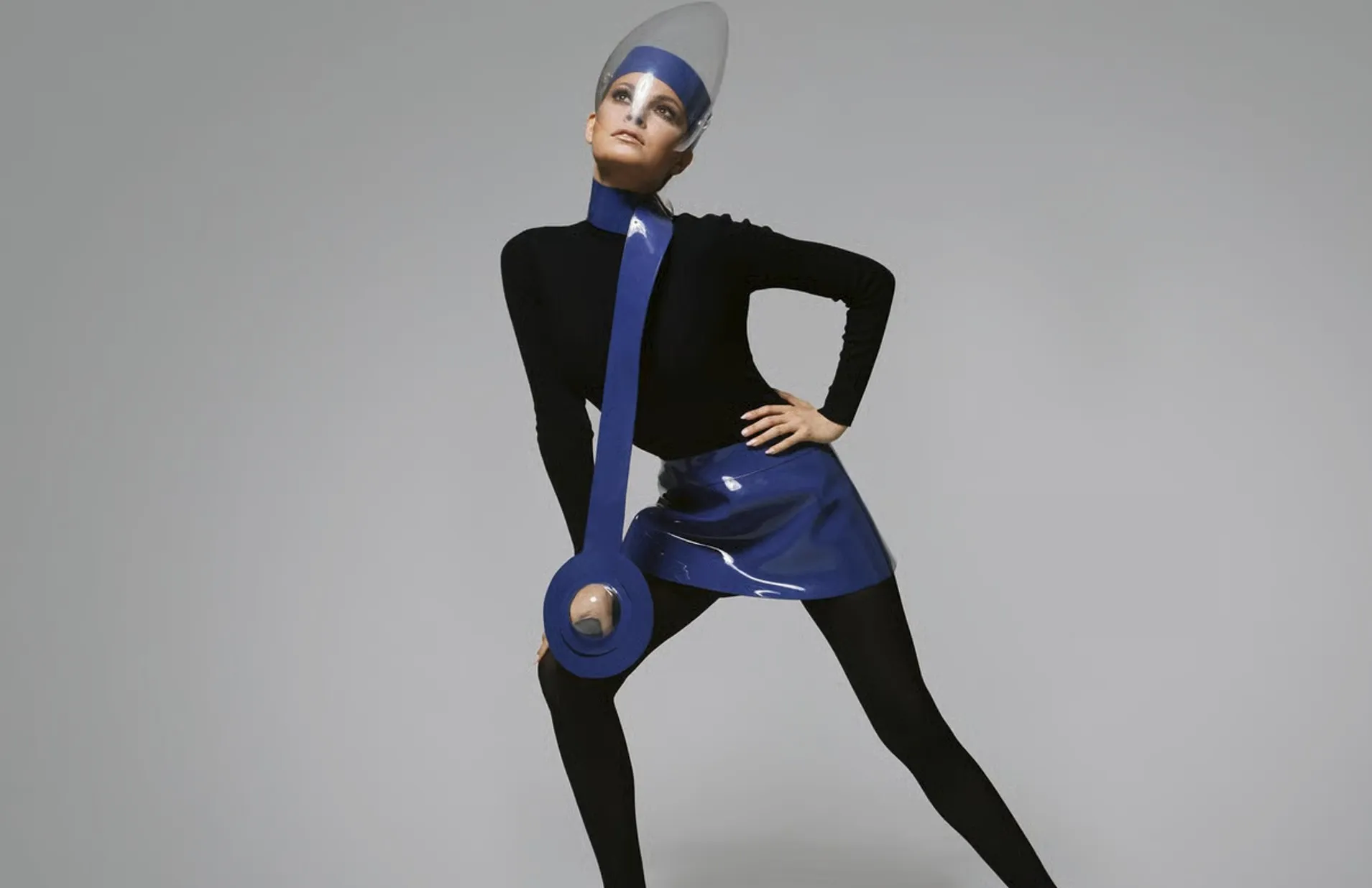
Fashion Examples:
- A minimalist dress with clean lines and open space feels elegant.
- Cut-out designs strategically use empty space for bold effect.
- Color blocking divides space into visually interesting sections.
Why it matters:
Smart use of space ensures a design isn’t too crowded or too empty. It creates balance, breathing room, and helps highlight key features.
Mekong Insight:
In both printed textiles and garment construction, we use space to direct attention—such as placing a logo or print at the chest, or spacing pleats for flow.
Color – The Mood Maker
Color is the most emotionally powerful element in fashion. It grabs attention, communicates mood, defines seasons, and represents culture or brand identity.
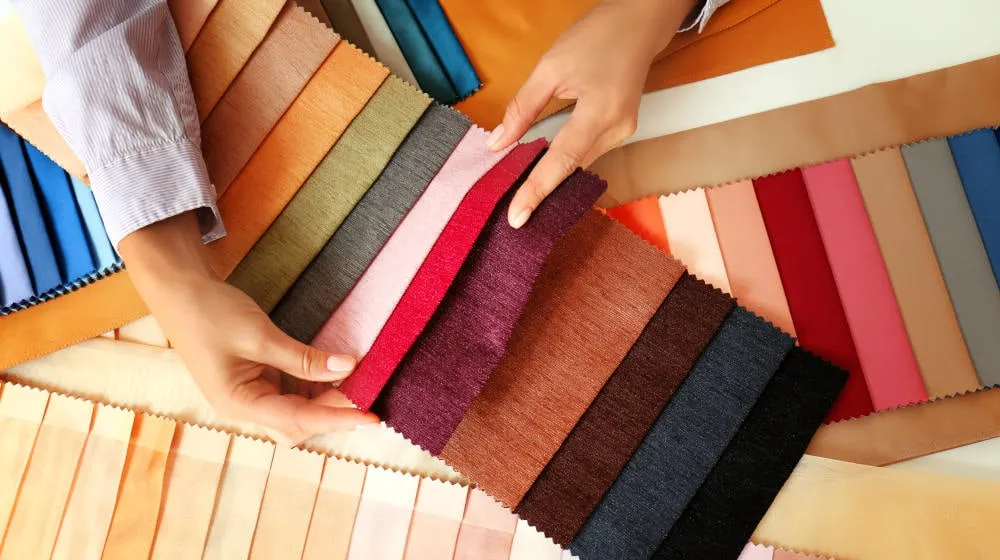
Color Elements We Consider:
- Hue (red, blue, yellow…)
- Saturation (intensity of the color)
- Value (lightness or darkness)
- Contrast (how well it stands out)
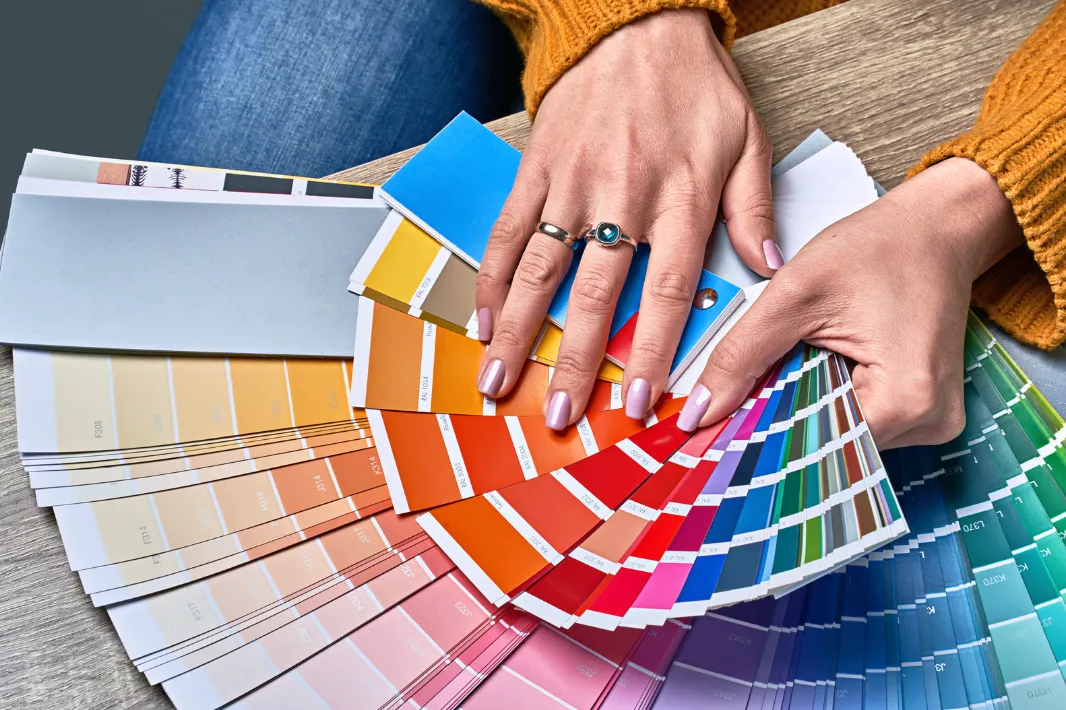
Fashion Examples:
- Red = power, love, boldness
- White = purity, freshness, minimalism
- Pastels = softness, springtime, calm
- Black = sophistication, strength, mystery
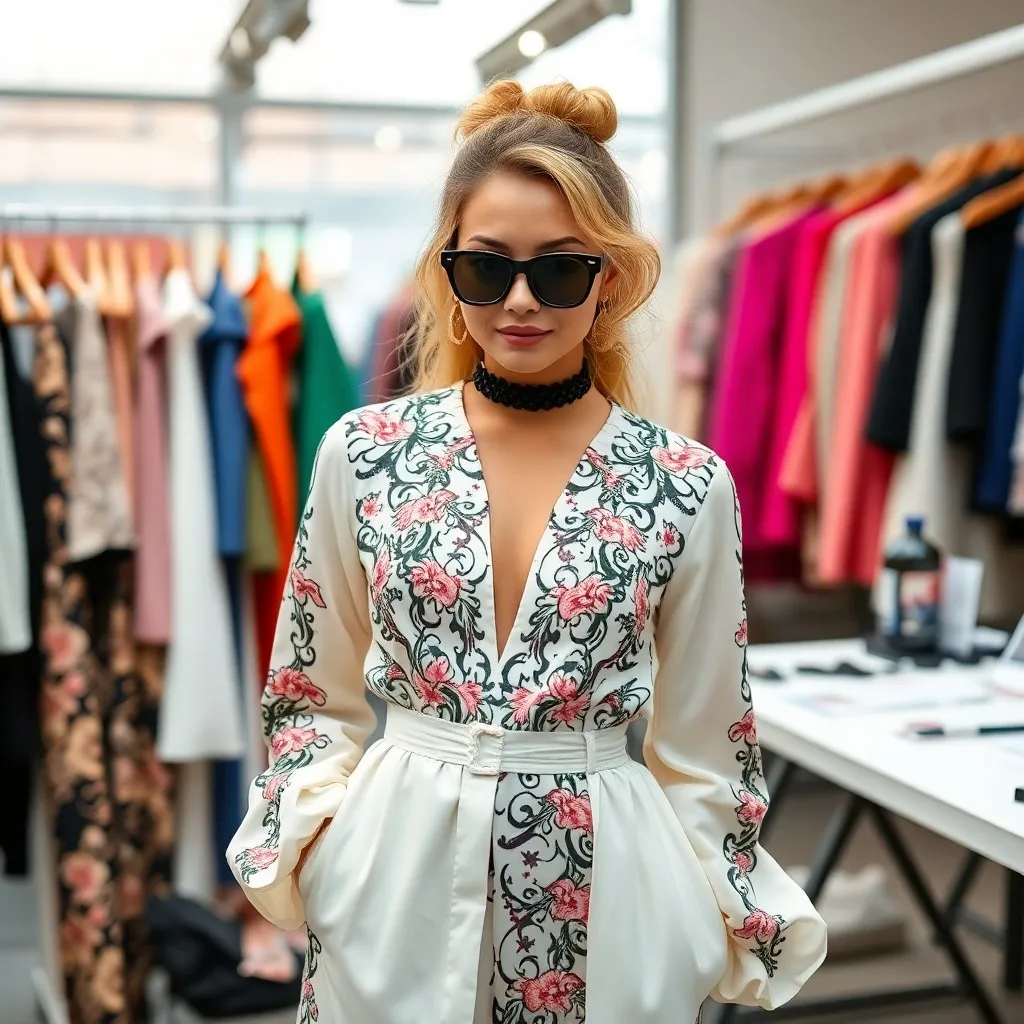
Why it matters:
Color choices impact first impressions and emotional connection. They also signal trends, traditions, and professional tone. In branding, color creates instant recognition.
Mekong Insight:
We help clients choose colors that reflect their company values, suit their market, and follow seasonal color psychology. For instance, we often use earth tones for comfortwear and vivid hues for promotional pieces.
